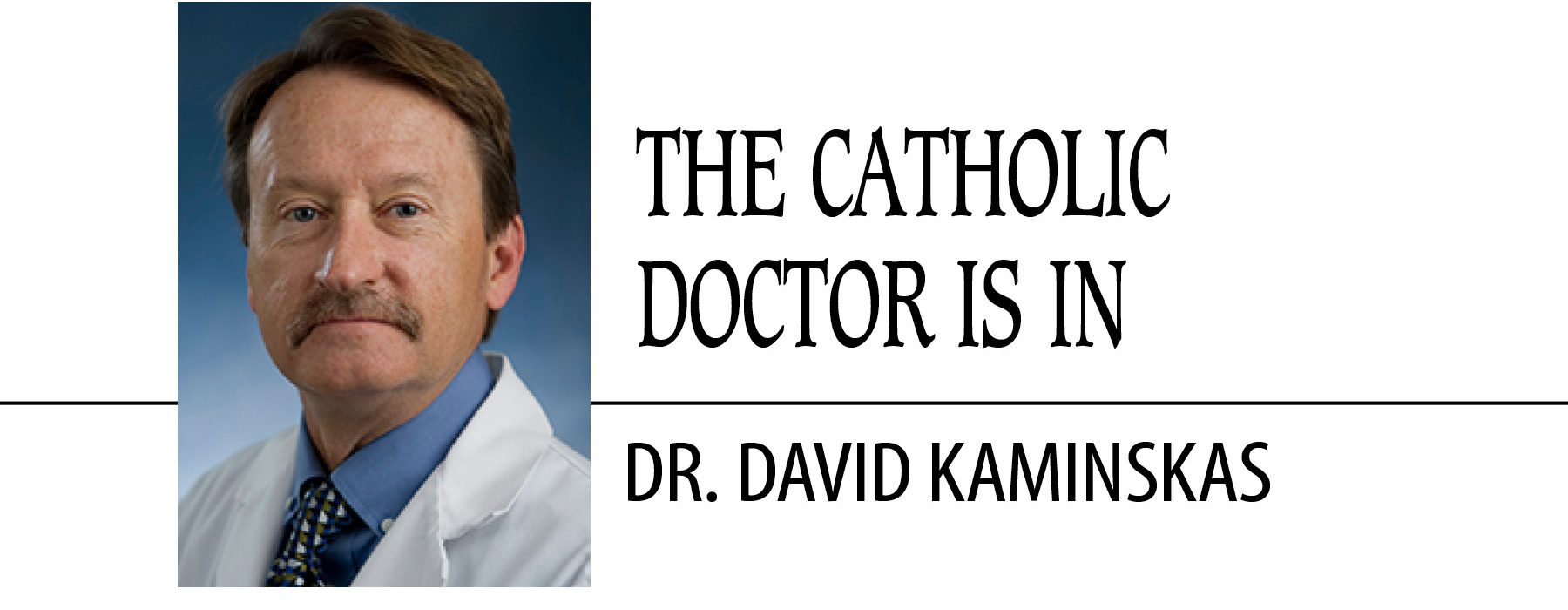October 13, 2020 // Perspective
Pregnancy-associated cardiomyopathy
Recently, I was emergently called to see a beautiful 34-year-old mom at a local hospital. She had delivered her sixth child about five days before. Her baby had respiratory distress after delivery and was still in the Neonatal Intensive Care Unit. Mom had been discharged, but unfortunately just three days later came back to the hospital with fever and shortness of breath. After admission she suddenly became so breathless that a “rapid response” was called.
Specially trained nurses, respiratory therapists, and in-house physicians are trained to respond immediately to these calls to try to promptly diagnose and treat these distressed patients. It was after the team discovered that this young lady was in acute congestive heart failure that I was asked to consult. An echocardiogram had been completed stat before I got to the bedside. As I pulled up the heart ultrasound on the computer to review, I was fairly confident that I already knew the diagnosis.
My concerns were confirmed as I looked at the echocardiogram, which showed a low ejection fraction. This mom had a pregnancy-associated cardiomyopathy. Her left ventricle was very weak with poor pump function, or low ejection fraction.
As I walked into the room, I was immediately greeted by the mother and father of this young lady. I introduced myself as Dr. Kaminskas, the cardiologist asked to consult. They quickly responded, “We know.” It turns out that this family was Catholic and was familiar with my Today’s Catholic articles and had also heard my “Faith and Medicine” segments on Redeemer Radio.
The young lady greeted me as she sat in the hospital bed. She was no longer in respiratory distress. She had already responded to the IV diuretics given for the pulmonary edema, or fluid in the lungs. I followed my usual protocol by taking a history and doing a complete physical exam. It was at this point that her husband entered the room, sat next to his wife and lovingly held her hand.
There are times when I believe it is best to take several days with multiple conversations to discuss the diagnosis, prognosis and treatment plan with a new and serious diagnosis such as this. There were extenuating circumstances in this case: I was not going to be available at this particular hospital the rest of the week, and I had all the right people in the room right now. Therefore, I decided to lay it all out at one sitting. By the time I had finished this young lady was sobbing in her husband’s arms. She was overwhelmed with all the information I shared, and I wished I had taken a different approach.
The medical term most commonly used for this diagnosis by physicians is peripartum cardiomyopathy. In the United States the rate of its occurrence is about 1 in 2,000 births. African Americans have a substantially higher incidence. In some parts of the world it is a lot higher, like Nigeria, where young women have as high as a 1 in 100 chance of being stricken with this serious heart problem. The cause is unknown and is likely multifactorial. Genetics may play a role.
The presenting complaints are usually shortness of breath and leg edema, or swelling. For about 2% it is a life-threatening illness. These young moms can have cardiac arrest, refractory congestive heart failure and shock (dangerously low blood pressure). Nearly 5% do so poorly they need a cardiac transplant. The mortality at two years from diagnosis is estimated to be 10%. The good news is that there is complete recovery in about half of the women. But if these women who have fully recovered get pregnant again, they have a 20% chance of developing the cardiomyopathy for the second time.
In those women who, despite optimum medical treatment do not have full recovery of their heart function after their pregnancy, getting pregnant again can be very risky. It is estimated that 50% of these women who have persistent left ventricular dysfunction will have further deterioration with another pregnancy. I have taken care of a young lady who chose to have a second pregnancy, and unfortunately, it led to her death. As a physician, I need to counsel these moms about the risks of future pregnancies. Ultimately though, the final decision is for the couple and God to decide.
Some cardiologists go years at a time without seeing a pregnancy-related cardiomyopathy, since it is infrequent in the United States. I, on the other hand, have seen multiple cases in the last year. I hope I was not only able to improve their chances of recovery, but also help them feel the love and compassion that they deserve from their medical care team. The young mom whom I wrote about to open this article thankfully made a quick and complete recovery. After all, she had six children to attend to. Praise the Lord.
The best news. Delivered to your inbox.
Subscribe to our mailing list today.






